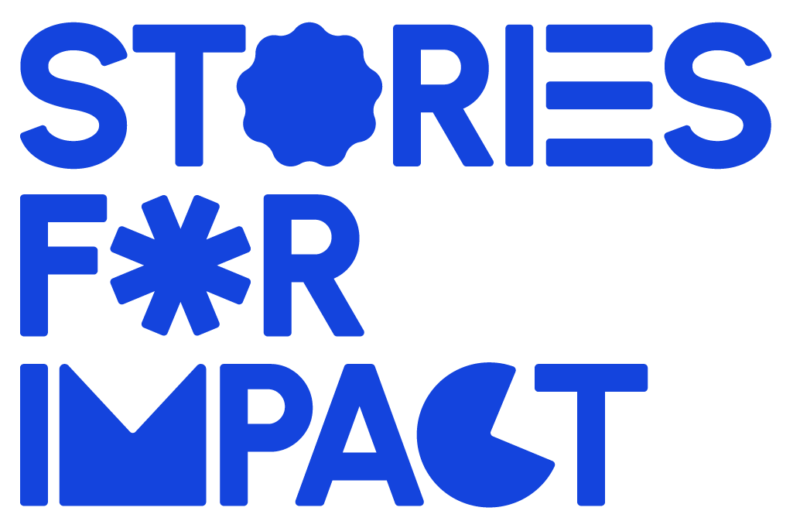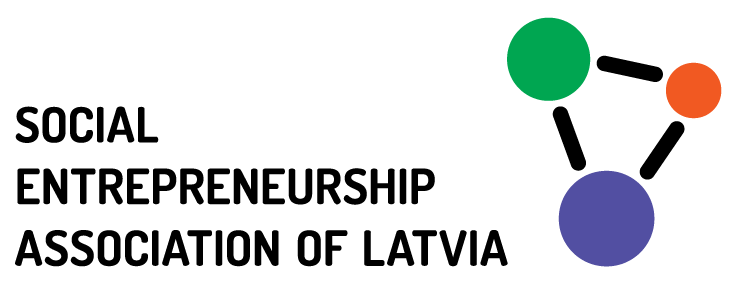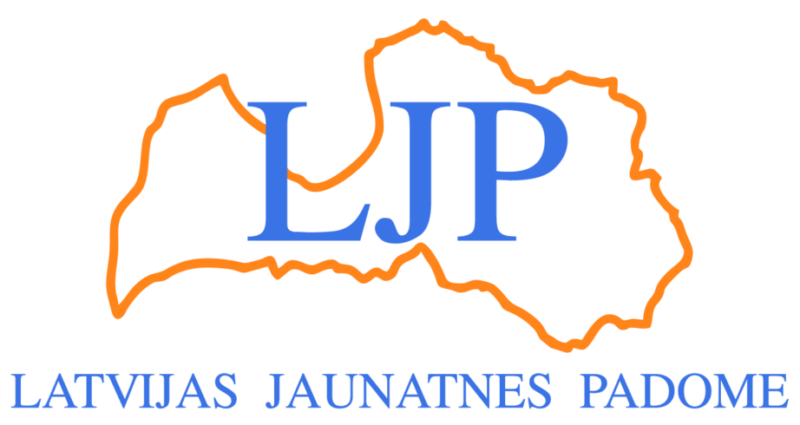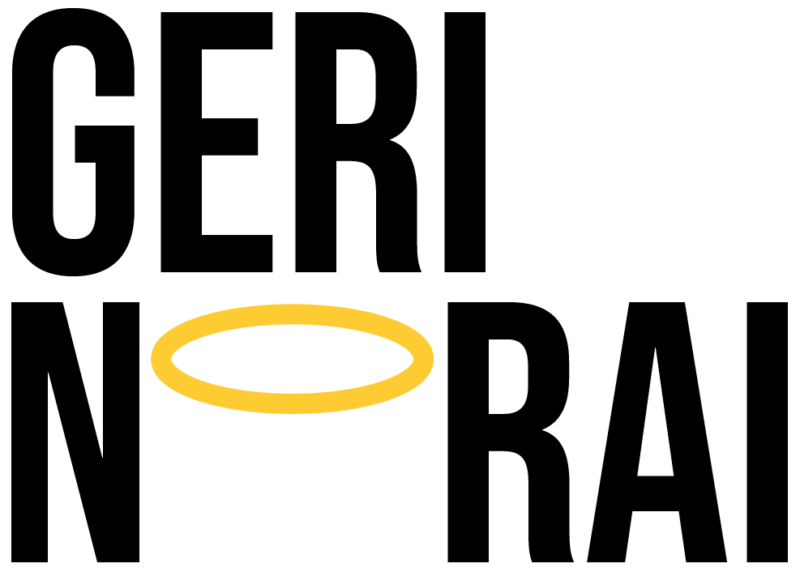This toolbox helps you plan, implement and communicate the positive changes that you aim to create with your initiative or organisation in the lives of young people.
Download printable toolbox (PDF)

A combination of nine tools especially developed for planning, measuring and increasing positive impacts of the organisations and reducing any negative effects of their activities.
For you. If you are active in an organisation that works with and for the young people. For example, youth associations aiming to develop their members or social enterprises providing services to youngsters.
The tools will be absolutely suitable for designing and measuring the impact of your activities too! However, all the examples in this toolbox are related to young people as they are the main target group here.
Top organizations developing social impact measurement, youth field, and social entrepreneurship in the Baltic States. For more information, see below.
The project “BALTIC: YOUTH: IMPACT” has been co-funded by the Erasmus+ Programme of the European Union.
A problem tree helps you understand and communicate the problem you aim to solve by analysing its causes and effects.
A goal tree helps you design and communicate your solution to the societal problem by analysing the preconditions and impacts of your success.
A stakeholder map helps you analyse and manage relationships with individuals and organisations who are impacted by your solution or who can influence whether your solution will be successful.
A beneficiary journey map helps you understand the experiences of the people that take part in your activities and plan steps to nudge them into the direction of positive impact.
A theory of change helps you plan and communicate your journey from describing the societal need / problem to achieving success with the help of your activities.
A list of research methods helps you decide about the ways you will collect information to understand whether you are achieving your goals according to your list of impact indicators.
A list of impact indicators helps you determine, measure and communicate the positive changes that you aim to achieve with and for young people.
A measurement plan helps you design and track who and how will collect information according to your list of impact indicators (with the help of using appropriate research methods).
An organisational model canvas helps you design and communicate how your organisation will create value for society and attract necessary financial and human resources to keep your work going.
Questions and answers
If you are reading this, you are probably active in an organisation that aims to create a positive impact in the lives of young people.
Perhaps you want to unleash the creative potential of youngsters… or help young people who have had lesser opportunities compared with their peers…. or provide valuable knowledge and skills to the members of a youth organisation.
You can take an ambitious journey covering all the tools to get your organization’s impact management to a new much higher level. In that case, start from the problem tree, then move on to the next tools and complete your development process with the organisational model
The toolbox has been developed based on its creators´ experience of what is needed to increase the positive impact of the organisations that work with young people.
The Erasmus+ project “BALTIC: YOUTH: IMPACT” enabled the top organisations developing social impact measurement, youth field and social entrepreneurship in the Baltic States to come together and create this toolbox. The lead partner in developing the tools was Stories For Impact while all the other partners contributed with their ideas and experiences, including the testing of the tools.
We have taken into account:
The exact structure and design of the tools have been created specifically within the project “BALTIC: YOUTH: IMPACT” as a result of testing the preceding tools and developing them further. Usually, we developed the earlier tools by simplifying these to make it easier for you to try out and use them.
Many of the tools included in this Toolbox have been in use already for a few decades. For example, UNDP´s publication “Handbook on Planning, Monitoring and Evaluating for Development Results” introduced a problem tree – the very first tool in our Toolbox – to global audiences already in 2009. The theory of change tool was invented and promoted even earlier, in the 1990s. So far, among the best compilations of these tools is a handbook “Maximise Your Impact – A Guide for Social Entrepreneurs” (2017).
As the mentioned tools have become common knowledge among the professionals who practice impact measurement and service design, no specific additional references have been made (with a few exceptions) within the toolbox.
We have combined different versions of the tools and developed them into formats that we think are super useful. You are welcome to take these tools, develop them further and share the results with others too.
Service design is a process for creating experiences and solutions that work for the customers and other people involved.
It’s a human-centered approach with an end goal of suiting all users’ needs while keeping in mind the big picture. The authors of “This is Service Design Thinking” have stated five key principles that should be followed for good service design: user-centred, co-creative, sequencing, evidencing and holistic.
Many different tools have been developed to bring the idea of service design into reality. They have been modified and perfected over the years, so it’s hard to point out an author for each tool. Therefore, it is generally agreed that they don’t need to be credited.
You can find a wide range of service design tools on this link but they can be a bit too generic for your specific purposes. So, we have picked out a “Stakeholder Map” and “Beneficiary Journey Map” and will walk you through them in a way that’s most beneficial for youth organizations. Service design for you can be different from that of for-profit companies that these tools were initially created for.
Another commonly used framework that we have modified further is the business model canvas – originally a tool with nine boxes for developing new business models, as well as analyzing existing ones.
The framework was first introduced by Alexander Osterwalder in 2005, published in a book by him in 2008 and altered by different authors ever since.
We’ve modified developed it into a tool called “Organisational Model Canvas” so that its brilliantly useful approach could also be successfully used by a youth organization or a social enterprise.
Impact Management Toolbox has been prepared and tested by

Jaan Aps, Richard Annilo ja Carmen Akkermann

Regita Zeiļa and Līva Švarce

Marija Cīrule and Renāte Mencendorfa

Jurgita Ribinskaitė-Glatzer and Rūta Žulpaitė

Triin Roos